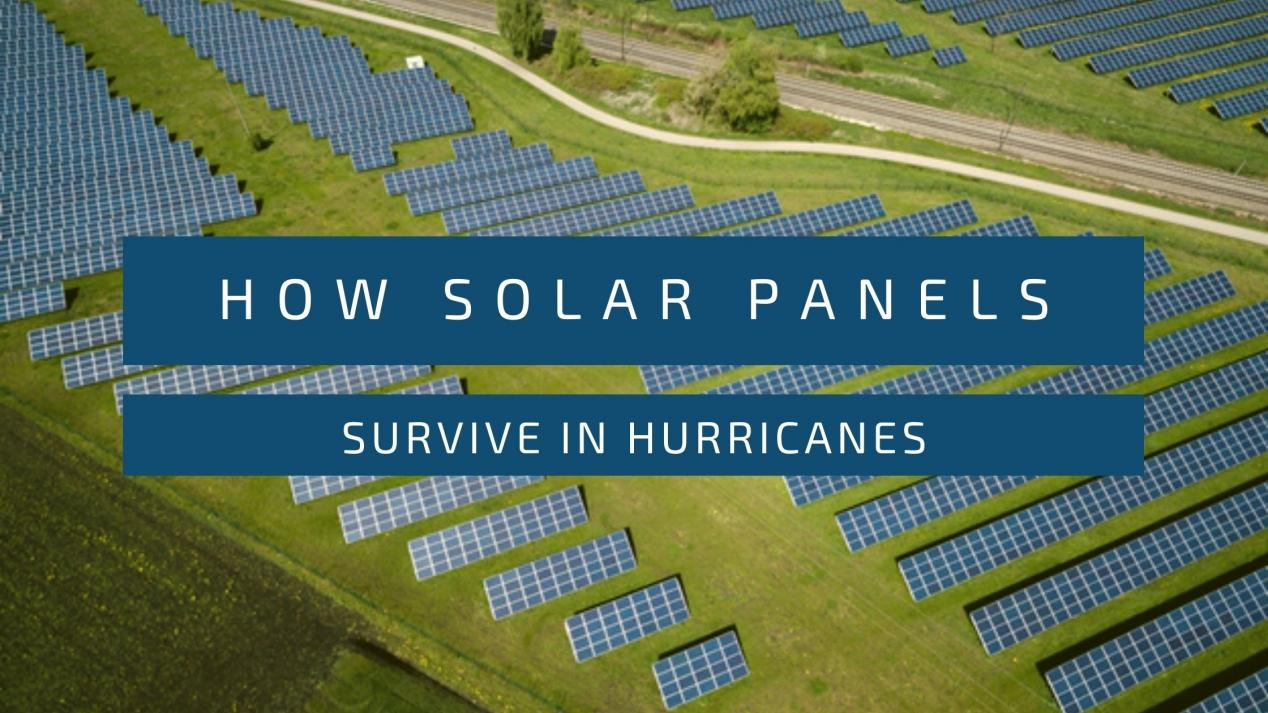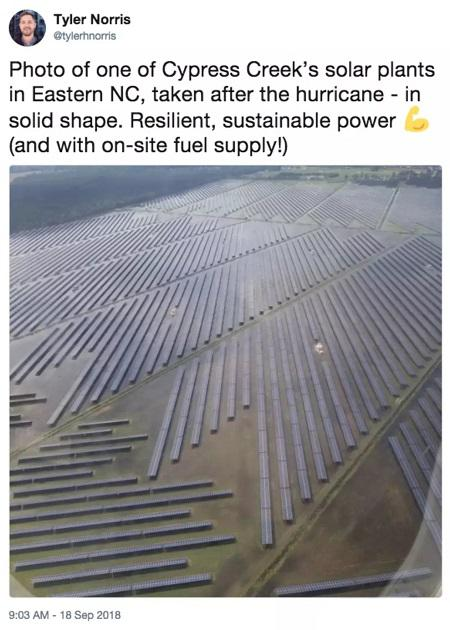
Energy Resilience Benchmark in Hurricanes
When Hurricane Florence slammed into North Carolina in 2018 with 140mph winds, 1.7 million residents lost grid power—yet solar farms suffered less than 1% panel damage across 3,500MW of capacity. The secret? Strategic storm protocols: tracking mounts rotated panels vertically to minimize wind load, and flood-prone systems were preemptively shut down.
This resilience milestone proved a critical truth: Properly engineered stand alone solar panels can outlast catastrophic weather, even as centralized grids fail.

Why do some PV systems still fail?
By contrast, Hurricane Milton’s 2024 assault on Florida exposed vulnerabilities. Tornadoes spawned by the storm shredded solar arrays at Polk County plants, where 150mph gusts twisted mounting frames and shattered glass. The root causes aligned with industry-wide risks:

Damage statistics were made for Duke Energy's solar farms,
one of the largest solar PV plants in North Carolina after a hurricane
Expert Verdict: "Survival isn’t just about wind ratings; it demands holistic design against wind, water, and supply chaos," notes a NREL disaster-response engineer.
Refining disaster relief technologies from surviving cases
Lessons from successful installations are reshaping standards:

Corrosion resistance test by reputed testing agency TÜV

Hurricane prone North America is the main output area of global quartz sand
These advances confirm stand alone solar panels can achieve energy security—if engineered as integrated ecosystems.
Reconstruct independent systems for challenging climates
Building on these breakthroughs, Sunpro Power delivers next-generation hurricane resilience:
Why this matters: For off-grid hospitals, remote telecom sites, or disaster shelters, energy continuity saves lives. The PV systems must be prioritize survivability-first engineering.
As hurricanes intensify, stand alone solar panels must evolve from power sources to critical infrastructure. Sunpro Power’s evidence-based designs transform vulnerability into durability—ensuring energy independence lasts beyond the storm. If you need to consult, Sunpro is always at your disposal.